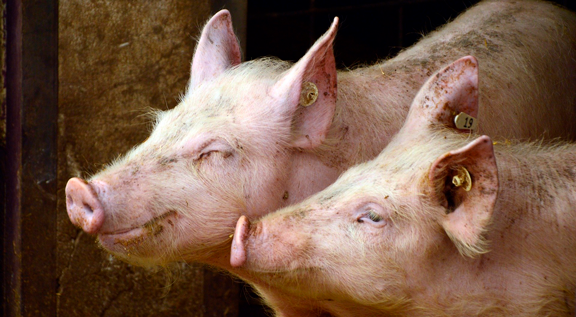
Image: Pixabay
The National Poultry and Swine Commission of the Brazilian Agriculture and Livestock Confederation (CNA) discussed the crisis in independent pig farming and possible actions to alleviate producers' difficulties during a meeting held this Monday (14/02).
“We have been facing a very complicated moment in recent months, with high production costs and low sales prices. It is one of the worst recent crises in Brazilian pig farming and something that is affecting the financial health of producers”, said the president of the Commission, Iuri Pinheiro Machado.
The meeting featured presentations on the panorama of the meat and grains market. Machado highlighted the growth in pork supply in recent years and analyzed data on exports and the relationship between production costs and pig sales prices.
CNA's technical advisor, Rafael Ribeiro de Lima, spoke about the current situation and the prospects for the corn and soybean harvests. He highlighted that the low volume of rain in important producing states should result in significant drops in production, especially in 1st harvest corn.
{module Form RD}
The president of the Brazilian Association of Pig Breeders (ABCS), Marcelo Lopes, presented some actions and measures suggested by the sector in the face of the crisis. Among them are the extension of the payment deadline for livestock costs by one year, the maintenance of the exemption from contribution rates levied on corn imports (Pis/Cofins) until December 2022 and the reactivation of the funding credit line aimed at retention of swine breeders (with the granting of a credit limit of R$ 2.5 million per beneficiary).
The renegotiation of debts by independent pig farmers was also addressed by the superintendent of the Central-West Development Superintendence (Sudeco), Nelson Fraga. According to him, one of the alternatives to support productive segments that are in trouble is to shift resources from the Constitutional Funds to create new lines of credit to finance, extend debts and promote the sector.
The meeting also included the participation of representatives from State Agriculture and Livestock Federations.
Source: DATA










